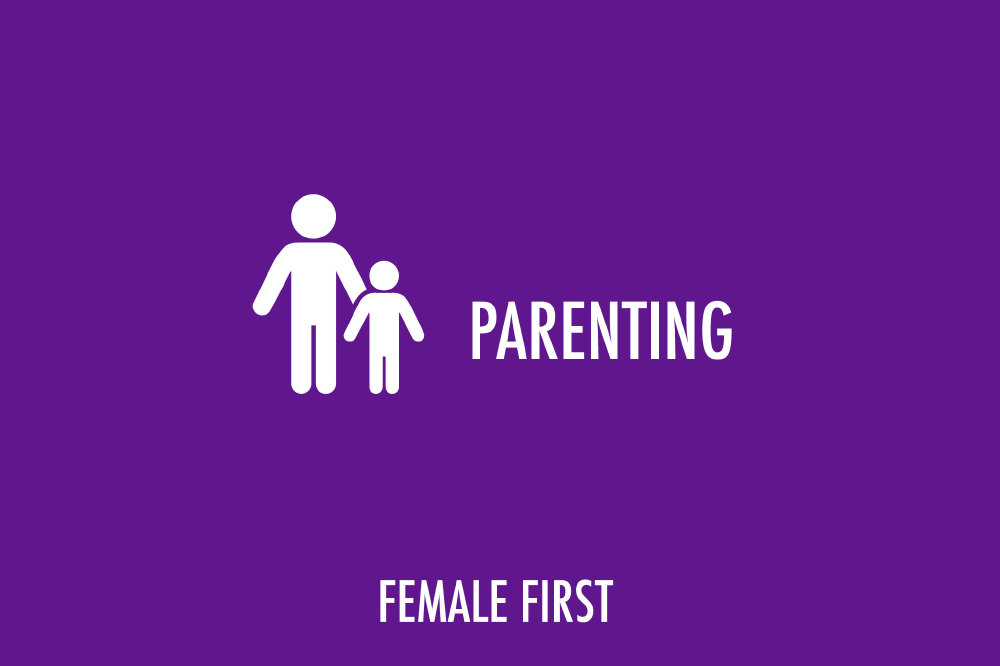Over the past few weeks, and more recently, big name celebrities like Justin Bieber and Jeremy Clarkson, as well as a leading burger chain, have had their social media platforms hijacked.

Parenting on Female First
Nowadays, these types of profile hack are becoming more commonplace, in fact the Norton Cybercrime Report reveals that a massive 40 per cent of social media users have fallen victim to cybercrime on social networking platforms.
To help you and your child stay safe online, Norton security expert, Deborah Preston suggests that social media users take the following simple steps to protect their privacy and avoid becoming a target:
Create a strong password - Your password is your first line of defense. Pick a difficult to guess master password that you’ll be able to remember and then customise for different websites. Never use names of loved ones, pets or pastimes! Choose some combination of at least six letters and numbers (rather than real words). For example, use the phrase “I want to go to America”. Reduce that phrase to each of the first letters, and you’ll end up with “iw2g2a”.
Don’t overshare - Criminal gangs have been known to monitor social profiles to for clues to passwords or answers to security questions. Follow the password tip above to stay secure and avoid posting any information that could give away any ‘secret answers’.
Install security software - Simply installing internet security software can help to keep you safe when logging onto social sites. It's all too easy to stumble into the wrong part of the web or click on an infected link posted on social media, but software such as Norton 360 blocks these dodgy links and sites from even appearing on your social feeds.
Read the social media small print - Information is currency in the modern world - you wouldn’t just hand your bank account details to a stranger, so why would you give away your privacy rights on social networking sites? Pay particular attention to what you are agreeing to share when you sign up or log into your account.
Many sites push you to agree to terms that are best for them—not you. Take a moment to wade through the small print making sure your permission choices are right for you.
Think twice about posting photos - Even if you don’t explicitly reveal a child’s name, you may be revealing too much in what appears to be a harmless photo. Criminals can gain a lot from just one photo, a road sign, a house number a school’s name or even an age on a birthday cake! What’s wrong with this, you ask? If the photo contains too much information, a stranger wouldn’t have too much trouble tracking down location and identity.
Consider blurring or cropping such revealing details, if you know how. It is also worth thinking twice about posting pictures of your new expensive 3D TV, or your living room full of Christmas gifts under the tree? Advertising this in social sites may needlessly paint a target on your house for criminals. When in doubt, just share your photos privately with trusted circles.
Check privacy settings - Social networks are continually updating, each time you see a new-style homepage or receive an email to let you know there have been some ‘site’ changes, check your privacy settings. Most sites will give you the option to be as private or as open with posts as you like – take that extra and very simple step to ensure your privacy settings are on high so only people you want to communicate with can.
For more great tips on staying safe online check out Safer Internet Day: Norton’s 10 Top Tips to Keep Young People Protected Online
FemaleFirst @FemaleFirst_UK

